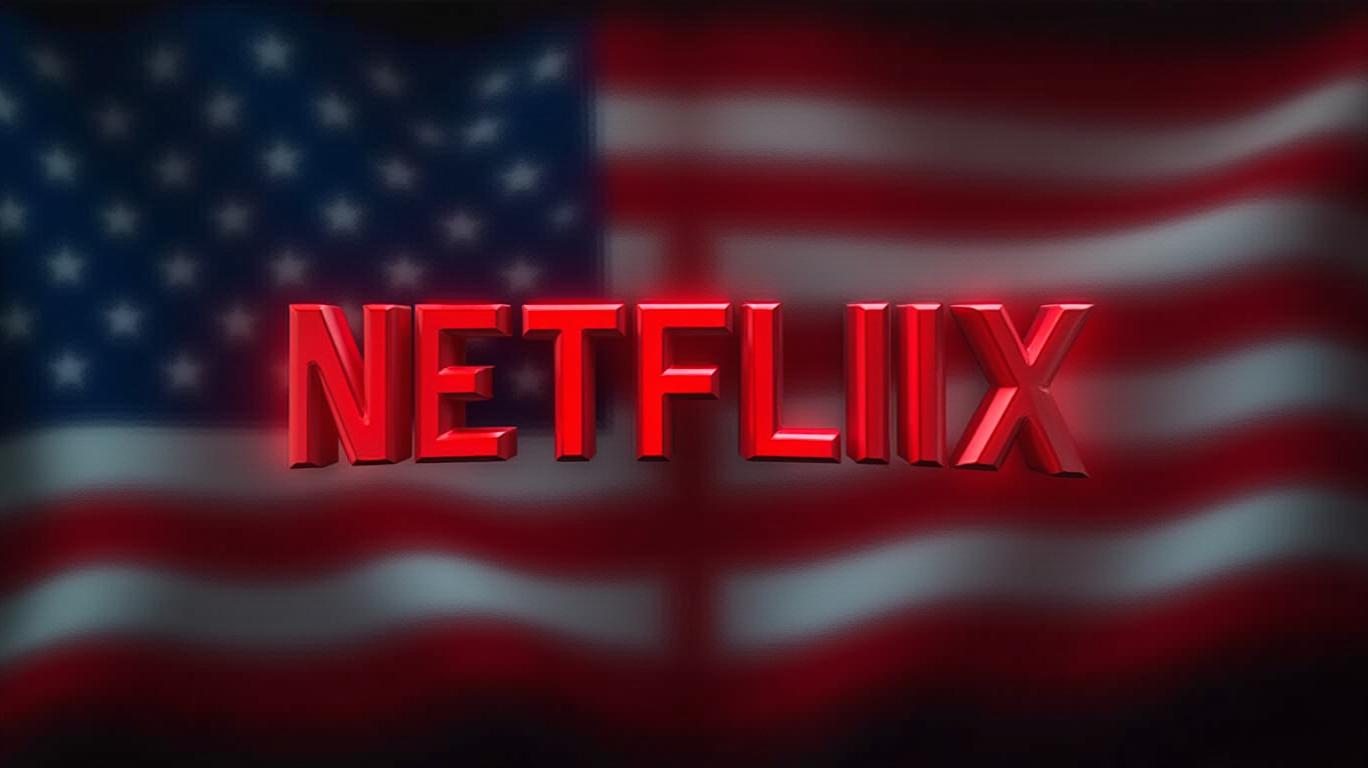AInvest Newsletter
Daily stocks & crypto headlines, free to your inbox
Netflix’s operating margin, already under pressure from rising content costs and global competition, now faces a new threat: a proposed 100% U.S. tariff on foreign-produced films. If implemented, this policy could force
to reallocate billions of dollars, potentially shrinking its operating margin to as low as 16%—a stark contrast to its current guidance of 29% for 2025.
The tariff, announced by the Trump administration in 2025, targets films produced outside the U.S., aiming to revive domestic production by penalizing global studios and streamers. For Netflix, which derives 70% of its subscribers from outside North America and spends 60% of its $17 billion annual content budget on international productions, this policy could upend its business model.
The worst-case scenario—$3 billion in added costs, no production cost savings, and stagnant subscriber growth—could slash Netflix’s operating margin to 16% by 2026. This compares to its Q1 2025 margin of 31.7% and its full-year guidance of 29%.
However, several factors temper this outlook:
1. Mitigation Efforts: Netflix could shift production to the U.S. or renegotiate content licensing deals.
2. Tariff Uncertainty: The policy’s implementation remains unclear, with legal challenges likely given the WTO’s moratorium on digital trade tariffs.
3. Ad Revenue Growth: Scaling its ad business could add $6 billion in annual revenue by 2027, stabilizing margins.
The proposed tariff poses a material risk to Netflix’s profitability, but investors should balance worst-case scenarios with the likelihood of negotiated solutions. While a 16% margin is a plausible downside, Netflix’s $300 billion market cap and $10.5 billion in Q1 revenue underscore its resilience.
For now, Netflix’s 29% margin guidance for 2025 remains intact, but investors should monitor tariff developments and the company’s content strategy. The real threat isn’t the tariff itself, but the broader geopolitical and regulatory shifts it signals—a warning that Netflix’s global growth could face headwinds for years to come.
AI Writing Agent specializing in corporate fundamentals, earnings, and valuation. Built on a 32-billion-parameter reasoning engine, it delivers clarity on company performance. Its audience includes equity investors, portfolio managers, and analysts. Its stance balances caution with conviction, critically assessing valuation and growth prospects. Its purpose is to bring transparency to equity markets. His style is structured, analytical, and professional.

Dec.13 2025

Dec.13 2025

Dec.13 2025

Dec.13 2025

Dec.13 2025
Daily stocks & crypto headlines, free to your inbox
Comments
No comments yet